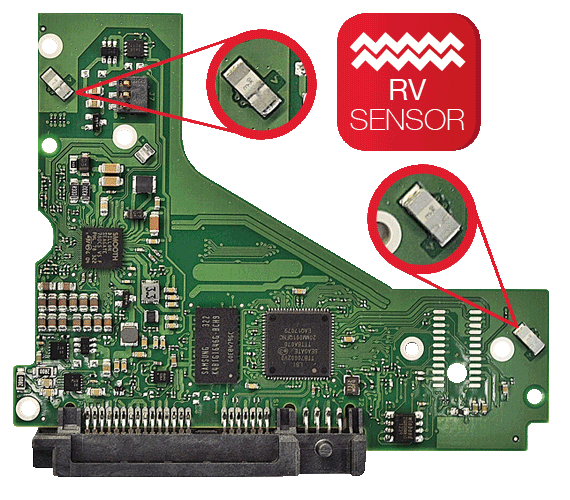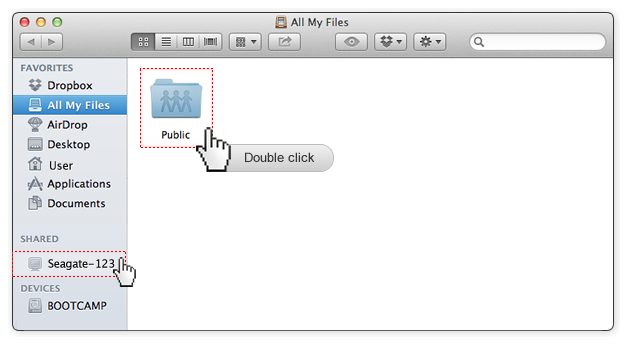
On the other hand, if you’re using a fusion drive or an SSD, defragging can cause a lot of wear and tear and lead to failure of these drives. But before you do, always make sure you have a backup of your data as a precaution.ĭefragging is only safe on regular hard drives. However, if you are not satisfied with a disk clean-up, you can consider defragging using third party tools such as ‘DriveGenius’. This can resolve performance issues in most cases.

In such cases, a recommended option before defragging is to perform a disk clean-up. If you are a multimedia person creating large files on a regular basis, your disk may fill up quickly and you may fall into the exception category explained above. The exception is that such automatic defragmentation routines cannot be performed when your hard drive has less than 10% free space.

But there is an exception to every rule and this is no different. Thus, it is safe to say that your ‘Mac’s don’t need defragmentation’. These automatic defragmentation techniques adopted by Mac are extremely beneficial to help keep the system in top performance.

Macs with OS version later than 10.2 have their own set of processes that prevent fragmentation in the first place.

This is commonly used by Windows users, but is it necessary in a Mac? Read on to learn more. It is a technique used to re-organize files on a drive, so they can be accessed faster, thus boosting the system’s performance. You may be familiar with the concept of ‘defragmentation’.


 0 kommentar(er)
0 kommentar(er)
